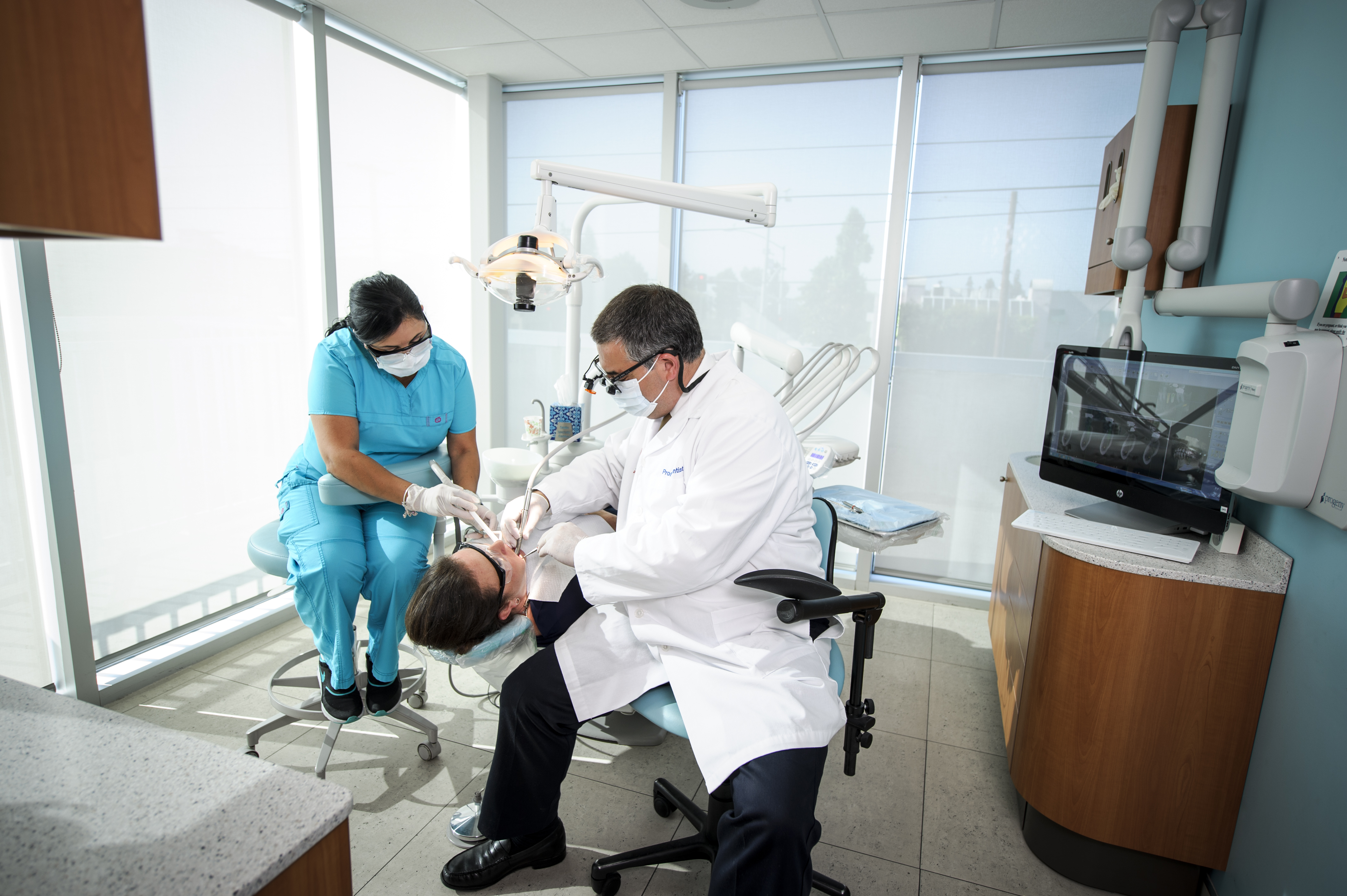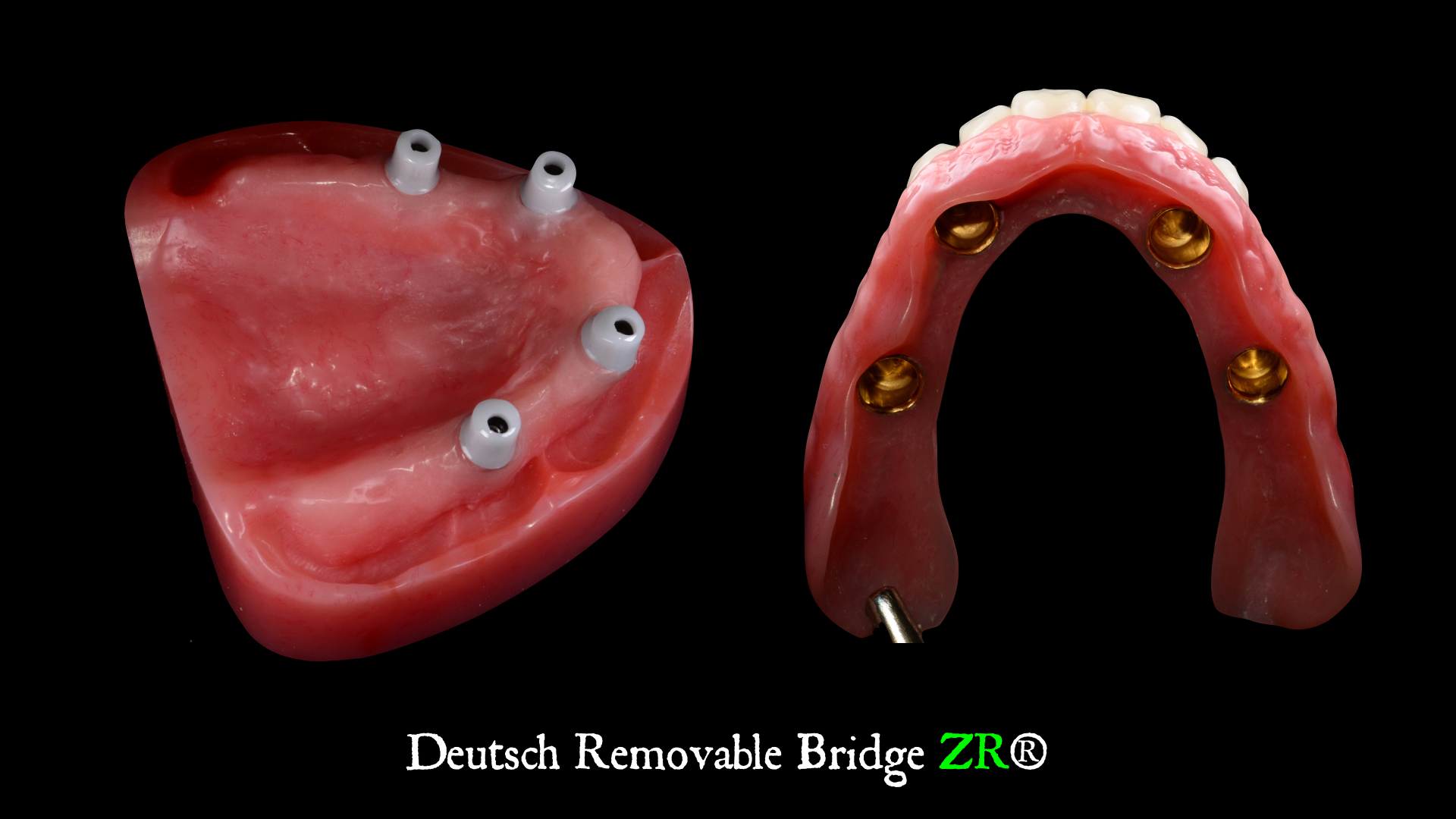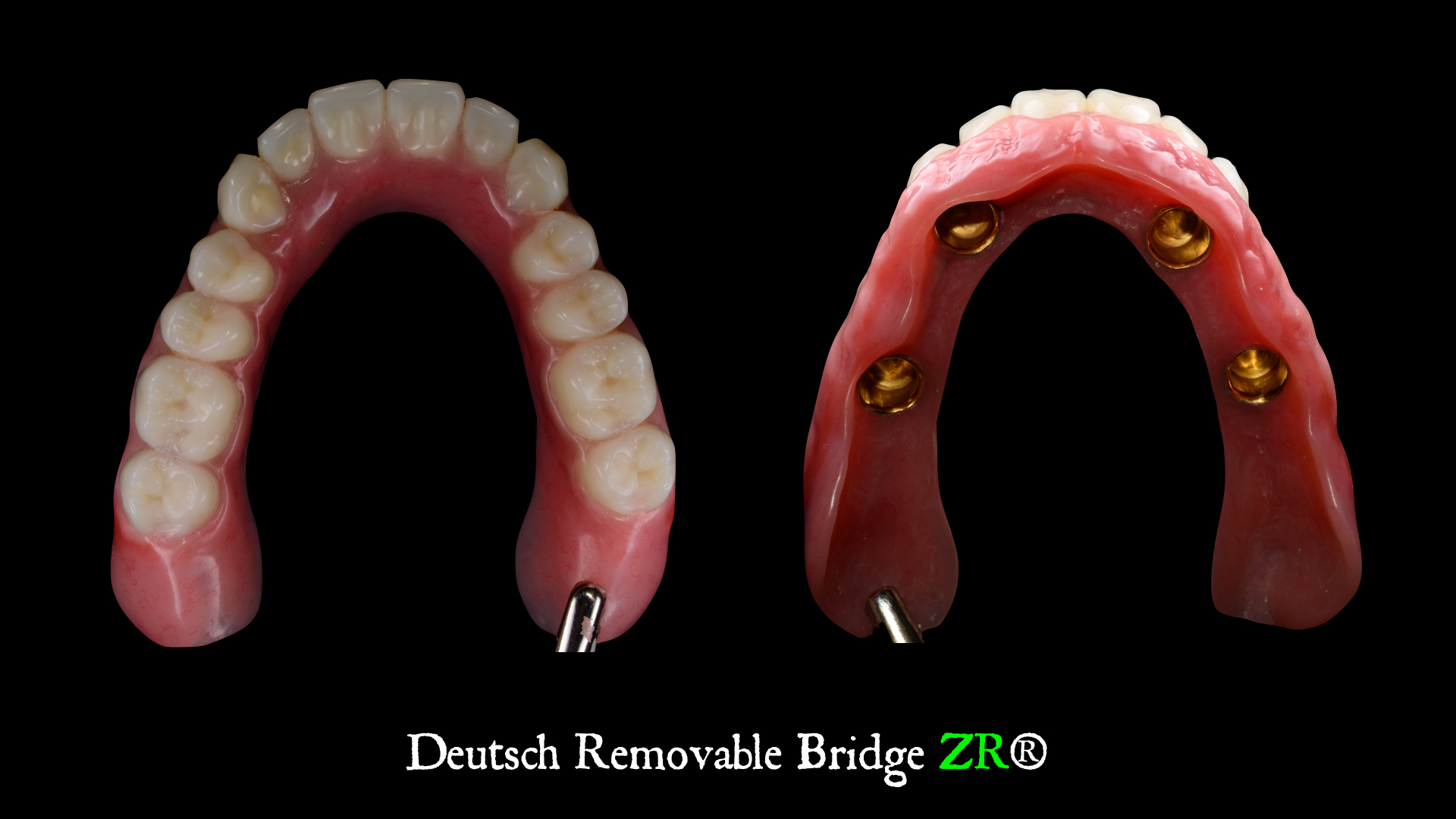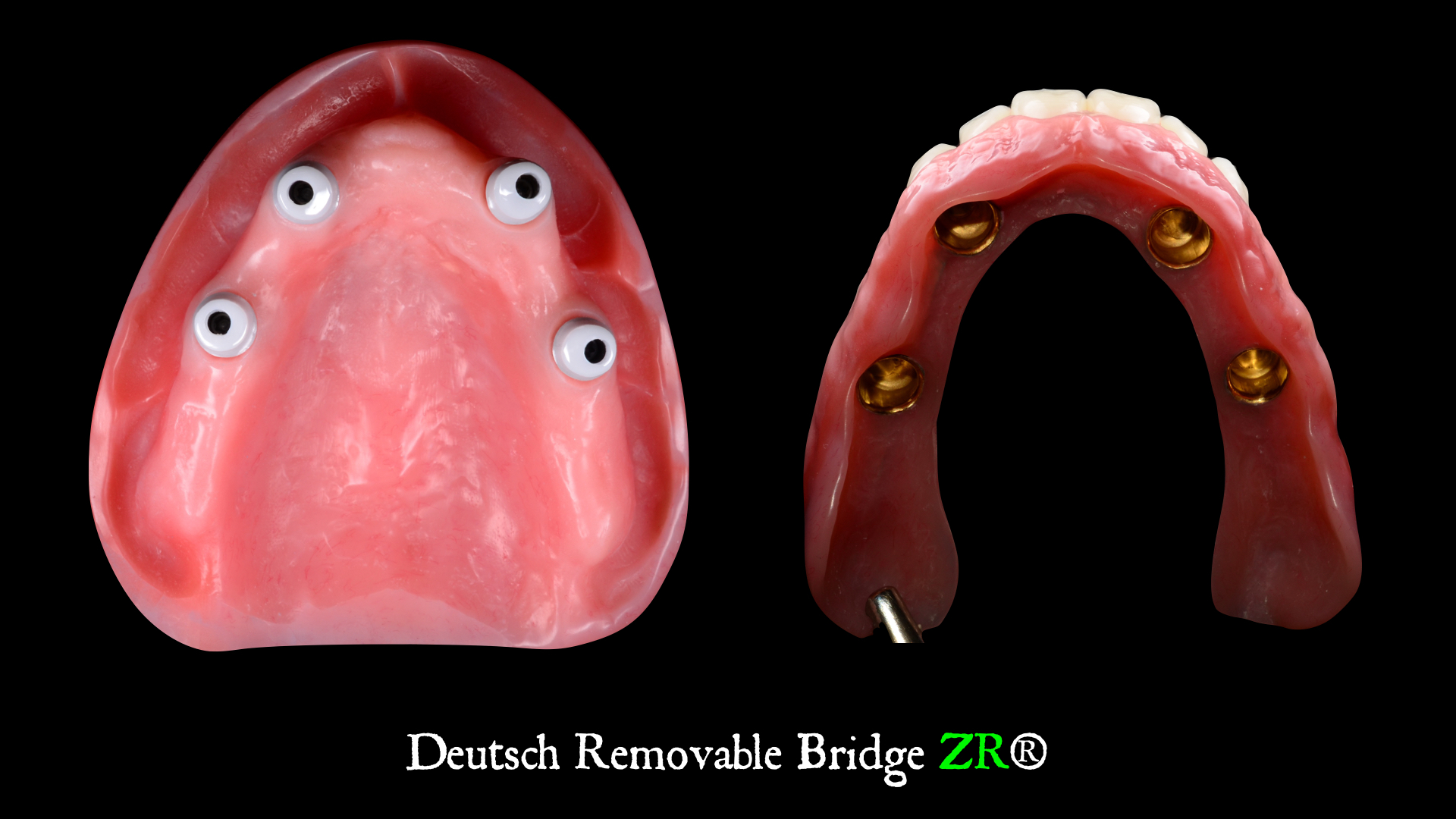CHICAGO, Dec. 29, 2015-- Patients with dental restorations supported by natural teeth such as crowns, bridges and veneers, or supported by implants can keep their teeth healthy using a lifelong recall and maintenance approach according to new clinical practice guidelines that were published online Dec. 29 and in a special supplement to the January issue of the Journal of Prosthodontics.
"Often patients are unaware of the required brushing and general maintenance needs when they have expensive implant restorations. The take home message from the systematic reviews and clinical practice guidelines is that implant supported restorations require ongoing at-home maintenance and regular recalls for an enduring result," said Carl F. Driscoll, DMD, FACP, the President of the American College of Prosthodontists (ACP).
ACP led a scientific panel of experts appointed by the American Dental Association (ADA), the Academy of General Dentistry (AGD), the American Dental Hygienists Association (ADHA) and the ACP who critically evaluated and debated findings from two comprehensive systematic reviews covering ten years of the research literature: "Recall Regimen and Maintenance Regimen of Patients with Dental Restorations-Part 1: Tooth-Borne Restorations and Part 2: Implant Borne Restorations." The major outcomes and consequences considered during formulation of the clinical practice guidelines (CPGs) were risk for failure of tooth- and implant-borne restorations.
"The new clinical practice guidelines will help dentists and hygienists to standardize effective oral health maintenance and improve patient care," said Donald A. Curtis, DMD, FACP, who along with Lily T. Garcia, DDS, MS, FACP, put the guidelines to the test with rigorous peer review to ensure that they are sound, scientifically-based and can improve patient outcomes for long-lasting restorations.
In addition to maintaining regular dental hygiene practices, the new guidelines recommend that patients with restorations visit their dentists at least every six months for clinical examinations to clean, adjust, repair or replace their restorations. The guidelines not only recommend how and how often practitioners should see patients for dental restoration maintenance and follow-up, but how they should educate patients to take care of the restorations at home.
"Prosthodontists often take great pride in meticulously restoring smiles so that they look as natural as possible," said Avinash Bidra, DDS, MS, FACP, a prosthodontist and the lead researcher of the evidence-based review. "Patients with multiple restorations that are supported by natural teeth or implants need to know that professional and at home maintenance is a lifelong regimen. We are telling professionals what guidelines to follow and what to tell patients for at home maintenance."
"The American College of Prosthodontists will offer free access to selected research in the Journal of Prosthodontics from Dec. 29 through 2016 as a way to celebrate National Prosthodontics Awareness Week (NPAW) in April," added Dr. Avinash Bidra, who along with being the lead researcher is also NPAW Chair. "This is news oral health providers can comfortably share to maintain patients' implants, crowns, and veneers and natural teeth."
"Although clinical practice guidelines are often used in medicine, they have not been used as much in dentistry. Adding a clinical practice guideline on this important topic will establish a baseline and help to standardize care," added Dr. Donald Curtis of UCSF.
"If you don't take care of your restored teeth, you are at risk of losing your teeth and your investment in them," cautioned Dr. Lily T. Garcia, who serves as Vice Chair of the ACP Education Foundation.
Prosthodontists are specialized dentists with advanced training in oral health issues, who are committed to improving patient outcomes. From implants, crowns, veneers and tooth whitening, to full-mouth reconstruction, prosthodontists specialize in leading research, digital dentistry and oral health solutions.
The ACP is the only prosthodontic specialty organization whose membership is based solely on education credentials. ACP members must be in or have completed an ADA-accredited advanced education program in prosthodontics.
The findings of the systematic reviews and the Clinical Practice Guidelines of this peer review will also be published in The Journal of the American Dental Association, General Dentistry and the Journal of Dental Hygiene.
The project was funded in part by an unrestricted educational grant to the American College of Prosthodontists Education Foundation from the Colgate-Palmolive Company.
About the ACP
The American College of Prosthodontists (ACP) is the official sponsoring organization for the specialty of prosthodontics, which is one of only nine recognized specialties of the American Dental Association. Founded in 1970, ACP is a not-for-profit organization dedicated to enhancing patient care, advancing the art and science of prosthodontics, promoting the specialty of prosthodontics to the public and other dentists and healthcare professionals, ensuring the quality of prosthodontic education and providing professional services to its membership. Patients and consumers can visit GoToAPro.org and oral health professionals can learn more at Prosthodontics.org.
Article Link:
Journal of Prosthodontics
https://onlinelibrary.wiley.com/journal/10.1111/(ISSN)1532-849X













